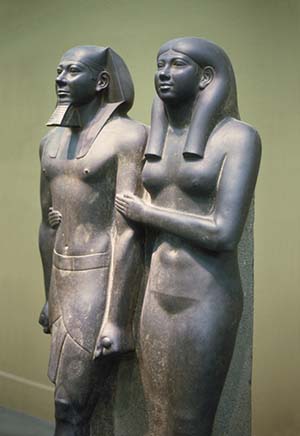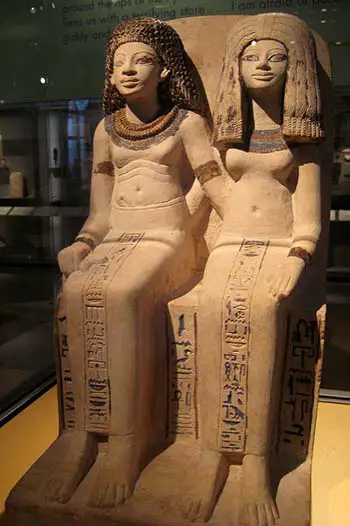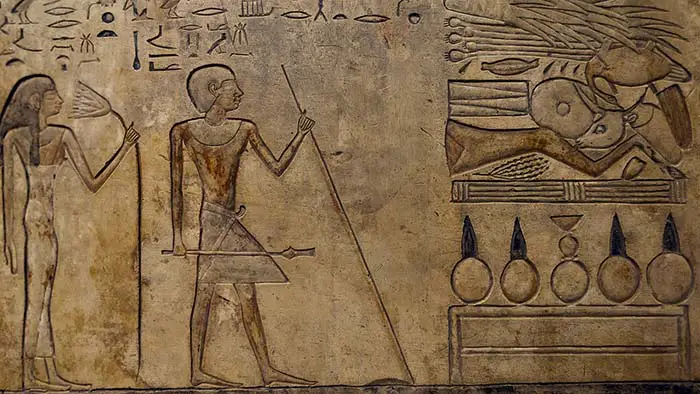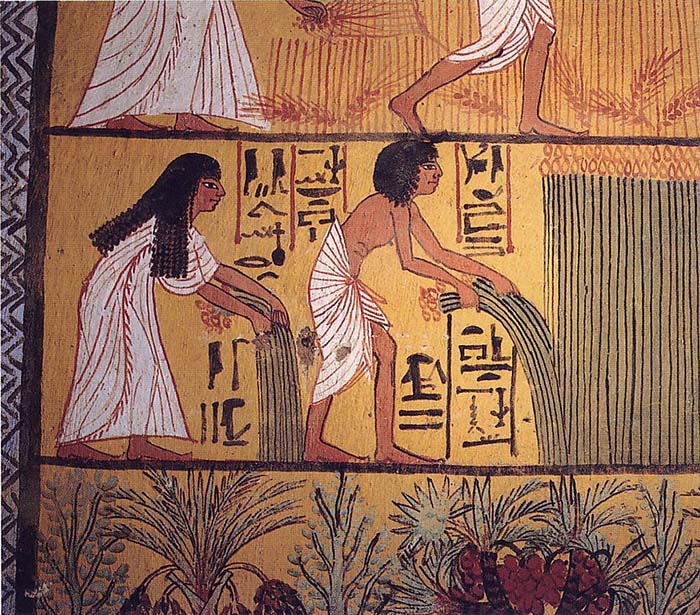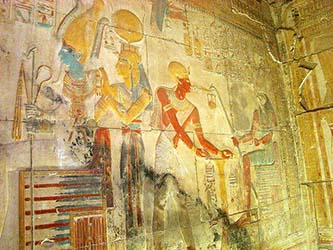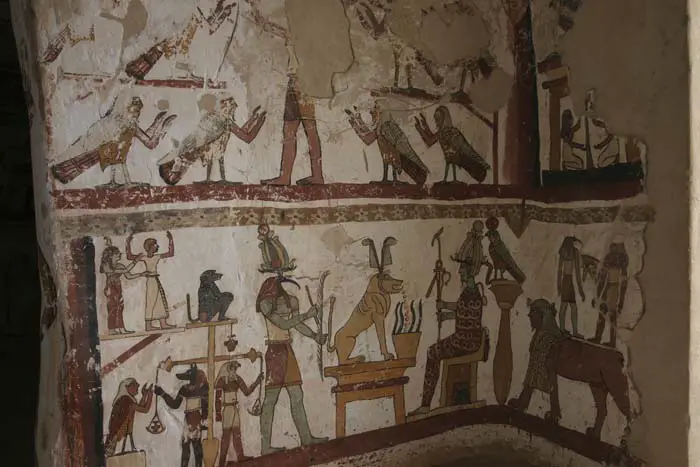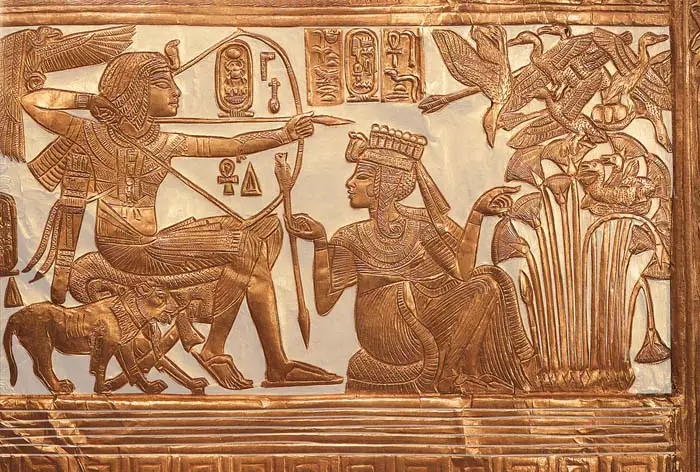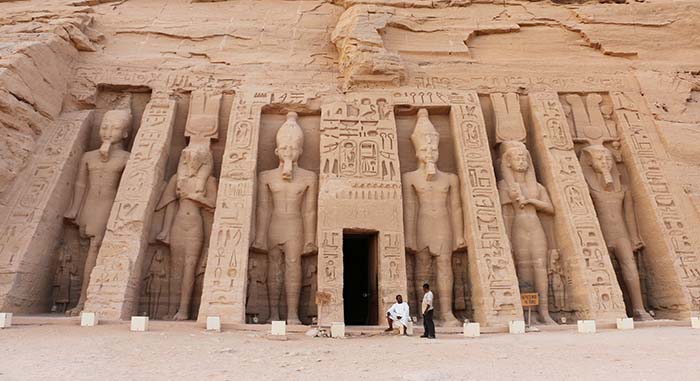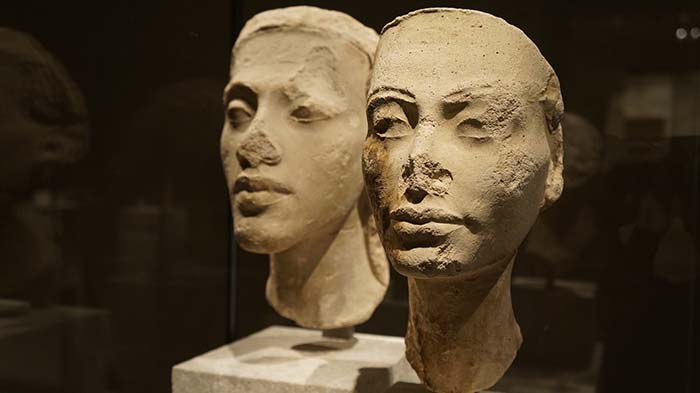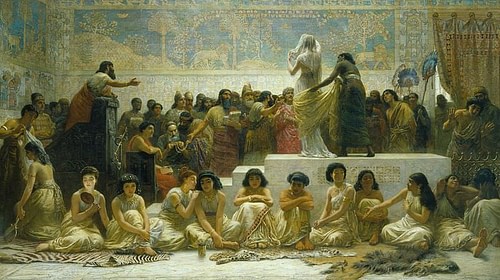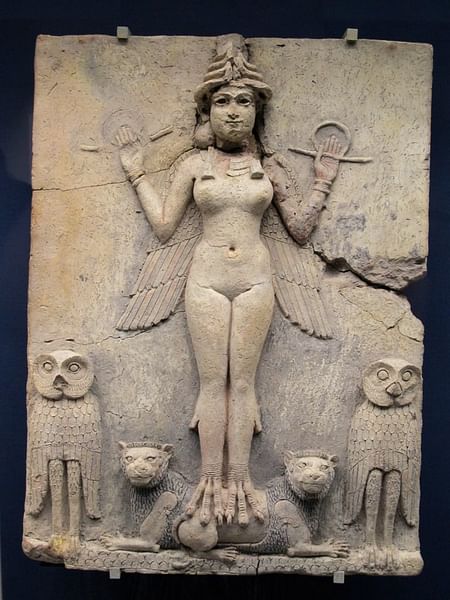Welcome back to Rome Across Europe! Lately we have tried to incorporate more for women in our articles, but it has been hard since most Roman Historians were men.
The focus of the moment though will apply to both men and women as it is about relationships. Today RAE is talking about marriage in Ancient Rome!

Marriage in Ancient Rome was seen as a strictly monogamous institution. By law a Roman citizen could have only a single spouse at a time.
Sometimes, however, appearances aren’t always what they seem. We’ll now discover Pars I of our matrimonium notificatio.
The practice of monogamy distinguished the Greeks and Romans from other ancient civilizations, in which elite males typically had multiple wives. Greco-Roman monogamy may have arisen from the egalitarianism of the democratic and republican political systems of the city-states.
This is an aspect of Ancient Roman culture that was embraced by early Christianity, which in turn perpetuated it as an ideal in later Western Culture.
Marriage had mythical precedents, starting with the abduction of the Sabine Women, which may reflect the archaic custom of bride abduction. Romulus and his band of male immigrants were rejected conubium, the legal right to intermarriage, from the Sabines.

According to Livy, Romulus and his men abducted the Sabine maidens, but promised them an honorable marriage, in which they would enjoy the benefits of property, citizenship and children. These 3 benefits seem to define the purpose of marriage in Ancient Rome.
The word matrimonium, the root for the English word matrimony, defines the institution’s main function. Involving the mater (mother), it carries with it the implication of the man taking a woman in marriage to have children. It is the idea conventionally shared by Romans as to the purpose of marriage, which would be to produce legitimate children.

Basically, Roman Citizens producing new Roman Citizens.
Consortium is a word used for the sharing of property, usually used in a technical sense for the property held by heirs, but could also be used in the context of marriage.
Worldly possessions transferred automatically from the wife to the husband in olden times, whereas the classical marriage kept the wife’s property separate.
In order for the union of a man and woman to be legitimate, there needed to be consent legally and morally. Both parties had to be willing and intend to marry, and both needed their fathers’ consent.
If all legal conditions were met, a marriage was made. We know how romantic this sounds.
The lives of elite Roman women were essentially determined by their marriages. We are best informed about families with both wealth and political standing, whose largely inherited money would follow both their sons and their daughters.

In the earliest periods of Roman history, Manus Marriage meant that a married woman would be subjugated by her husband. When that custom died out in the 1st Century BC in favor of LiberumMaritagium, a husband was not granted any rights over his wife nor have any changing effect on a woman’s status.
Elite young men would usually marry in their mid-20s, after a year or more of military service and in politics of some sort. Their brides, however, would be markedly younger women (between 15 and 20).
The family typically felt no need to retain the daughter at home in order to give her a full education. They also feared that once she hit puberty the girl might throw away her virginity or lose the reputation for chastity, which was a prerequisite for marriage.

The higher the social position of the young girl, the sooner betrothal tended to follow puberty since marriages were arranged for political reasons. The actual marriage, however, was usually postponed until she was physically mature enough to carry a healthy pregnancy or survive the high risks of childbirth.
The young wife would learn some of the complexities of running a large household by observing her mother, and her training would be supplemented by the slave staff of her new household.
The more prominent her family, the less it was likely that the girl would have much choice in the age, appearance or character of her husband. Through high status marriages, women were able to gain associative power from their husbands’ prominent positions in society.
Women who gained power in this way could even then legitimize the power positions of their sons (such as with Livia and Tiberius) as their symbolic status influenced Roman society.
While upper class girls married very young, lower class women (plebeians, freedwomen, etc.) in practice would marry during their late teens to men in their late 20s. Marriage for these women was not about economic or political gain, so it was not as urgent.

The lives of all women in antiquity were defined around their expectation and achievement of marriage: first as young girls, then as wives and, if all went well, as mothers. In their later years, it was statistically probable that they would survive their husbands and live as widows.
From day to day, on a larger scale, their obligations and opportunities depended on the man or men to whom they were married.
The nuptiae was often begun with a celebration, combining legal, religious and social features. It brings the pair of households together, new property is introduced and there is the underlying promise of children.

The wedding ceremony included various customs and religious rites. The typical upper-class wedding tended to be a lavish affair.
The expense of the wedding was normally the bride’s family’s responsibility, much as it is today. The day was carefully chosen, with various religious reasons as to why certain days should be avoided.
During engagement ceremonies, which typically took place before the wedding ceremonies, the groom would often hand his future wife an iron ring. During wedding ceremonies the bride and groom often sacrificed an animal and asked the gods for a blessing.

Gifts were given to family and friends, and sometimes the bride and groom exchanged presents of money before the wedding. On the wedding day, the bride went with a procession to her new home, while the bridegroom went ahead of the bride to receive her.
The bride brought a torch lit from her family’s hearth, and was offered another torch and water, symbolizing the aquae et ignis communicatio. She was then carried over the threshold by her attendants, not her husband.
The words “Ubi tu Gaius, ego Gaia” may have been exchanged at this point. The actual consummation of the marriage took place in the bedroom, supposedly in the dark.
The day after the wedding, the groom would hold a dinner party at his house. It was at this time that the bride made an offering to the gods of her new home.

The verbal consent between the bride and groom fulfilled the legal expectations and was part of publicizing the marriage. The sharing of water and fire, the clasping of their right hands (dextrarum iunctio), the religious and the actual ceremony and celebration fulfilled the social obligation.
Following the collapse of the Republic and the rise of Augustus as Emperor, moral legislation became part of the new political order. As Rome’s original Emperor, in 18 BC Augustus turned his attention to social reforms.
Laws pertaining to marriage, parenting and adultery were part of his program to restore the mos maiorum, traditional social norms, while consolidating his political authority and codifying a more rigid social hierarchy in the wake of the recent civil wars. The appeal to old-fashioned values cloaked the radical overthrow of the Republic’s participatory political institutions by top-down, one-man rule.

Among the upper classes marriage was less frequent, and many couples who did marry failed to produce offspring. Augustus implemented a series of laws pertaining to marriage and family life aimed at increasing the population of native Italians in Italy, encouraging marriage and having children, and punishing adultery as a crime.
Heavier taxes were assessed on unmarried men and women without husbands. However, privileges and recognition were granted for marriage and childbearing (Jus trium liberorum).
These new laws from Augustus were badly received and were modified in AD 9 by the Lex Papia Poppaea, named after the pair of bachelor Consuls of that year. The earlier and later laws are often referred to in juristic sources as the lex Julia et Papia.

In part, as a result of Christian opposition to such policies, the laws were eventually nearly all repealed or fell into disuse under Constantine and later Emperors, including Justinian.
Remarriage was very common in Roman society and many men and women were usually married at least twice in their lifetimes. This was due to the high death rate and low average life expectancy in ancient Rome.
This high mortality rate plus the high divorce rate led to many instances of remarriage. Since children were expected in marriage, each spouse usually brought at least one child to the new marriage.
Remarriages thus created a new blending of the family in ancient Roman society, where children were influenced by stepparents and, in some instances, where stepmothers were younger than their stepchildren.

Most wives were encouraged to remarry after either the death of the husband or a divorce. Ancient physicians believed that a woman was liable to get very sick if she was deprived of sexual activity and it could even lead to a woman getting “hysteric uterine constriction”.
There was even legislation passed during the rule of Augustus that required widows and widowers to remarry to be able to fully inherit from people outside of their immediate family.
This ends today’s look at marriage and its overall concept, rules and institution. Come back tomorrow to see Pars II of our focus on marriage.
Till next time, Don’t Stop Rome-ing!
References:
Bradley, K.R. Remarriage and the Structure of the Upper-Class Roman Family. In Marriage, Divorce, and Children in Ancient Rome, eds. Beryl Rawson, 79-98. Oxford: Oxford University Press. ISBN 0-19-814918-2.
Corbier, Mireille. Divorce and Adoption as Roman Familial Strategies. In Marriage, Divorce, and Children in Ancient Rome, eds. Beryl Rawson, 47-78. Oxford: Oxford University Press. ISBN 0-19-814918-2.
Fantham, Elaine. Julia Augusti: the Emperor’s Daughter: Women in the Ancient World. New York: Routledge. ISBN 0-415-33146-3.
Gardner, Jane F. Women in Roman Law and Society. Indianapolis: Indiana University Press. ISBN 0-253-20635-9.
Holland, Barbara, and Lane Yerkes. The long good-bye. Smithsonian 28, no. 12 (March 1998).
Lefkowitz, Mary R. and Fant, Maureen B. Women’s Life in Greece and Rome. Baltimore: Johns Hopkins University Press. ISBN 0-8018-4474-6.
Lelis, Arnold A., Percy, William A. and Verstraete, Beert C.The Age of Marriage in Ancient Rome. The Edwin Mellen Press, 2003. ISBN 0-7734-6665-7.
Parkin, Tim G. Old Age in the Roman World: A Cultural and Social History. Baltimore: Johns Hopkins University Press. ISBN 0-8018-7128-X.
Saller, Richard P. Patriarchy, Property, and Death in the Roman Family. New York: Cambridge University Press. ISBN 0-521-32603-6.
Treggiari, Susan. Divorce Roman Style: How easy and how Frequent was it?. In Marriage, Divorce, and Children in Ancient Rome, eds. Beryl Rawson, Oxford: Oxford University Press. ISBN 0-19-814918-2.
Treggiari, Susan. Roman Marriage. New York: Oxford University Press, 1991. ISBN 0-19-814890-9.

